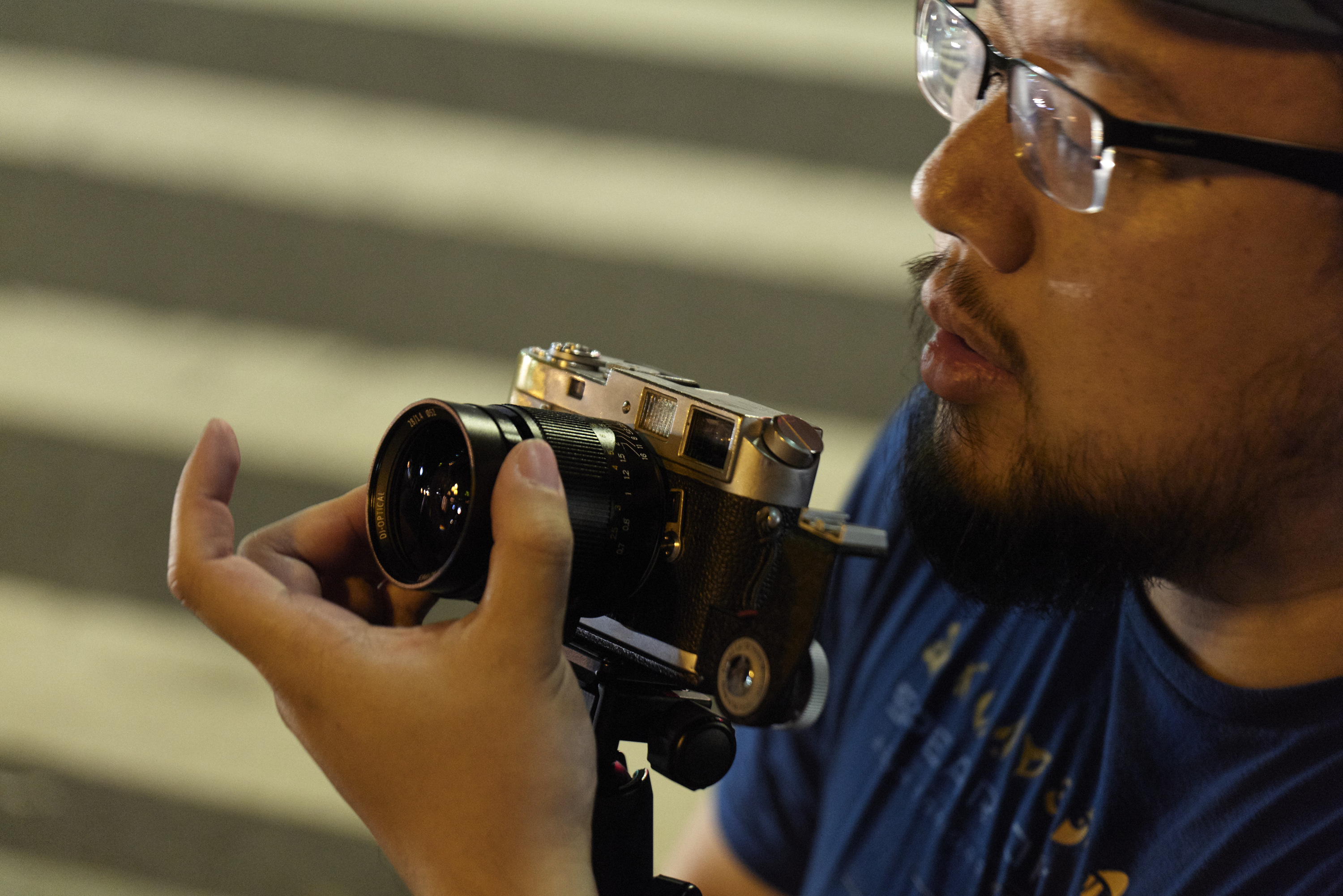Still getting the hang of your camera settings? Here’s a cheat sheet you can use as a reference for when you’re confused when to change your ISO.
The ISO is one of the exposure values that you have at your disposal to make sure you get the best results for your photos. It’s one of the things you’ll hear being thrown around in photography circles quite often, but what exactly does it do? How will your settings affect the way your photos will look like? Never fear, because another photography tutorial and cheat sheet from Digital Camera World is here.
In case you’re new to the role of ISO, it allows your camera to adapt to various shooting situations. By using the right ISO setting, your photos will look sharp and correctly exposed, wherever and whatever you shoot. In general, you have to use the lowest ISO possible (typically ISO 100 or 200) to get the cleanest photos. This is not a problem if you’re shooting somewhere with bright lighting. In trickier shooting conditions, you may need to increase it to 1600 or 3200 or more so you can use faster shutter speeds to get sharp results. The downside to this is noise, which produces a colored and grainy texture on your shots.
You can always use your camera’s Auto ISO functions to ensure the best results. However, if you’d like to take full control of the exposure values, whether for shooting in manual mode or to achieve creative results, it’s best that you know when to set it yourself. The cheat sheet below shows the standard ISO scale and when you should go for higher ISO.

The scale tells us that low ISOs are best for landscape photography because they produce the least grain. Also, you won’t have to worry about getting blurry photos because you’ll be using a tripod to prevent camera shake in slower exposures. Higher ISOs are best for freezing movement, so they’re typically used for sports and astrophotography. Low light and candid shots will require even higher values of up to 12800 to preserve the mood or atmosphere of a scene. Some advanced cameras have further amped it up to allow shooting twilight or nocturnal scenes.


